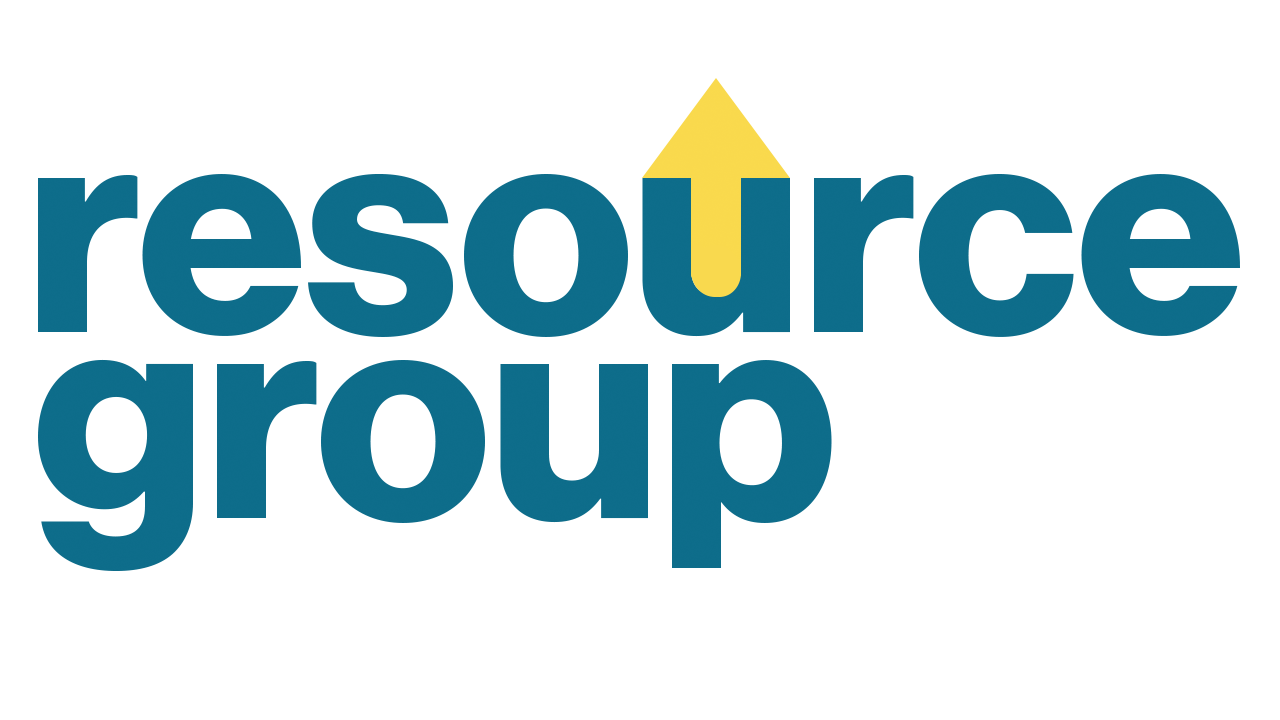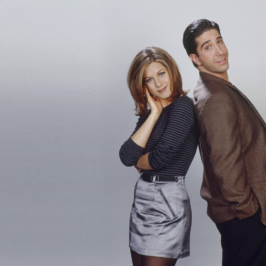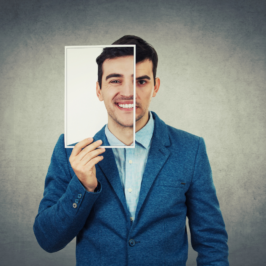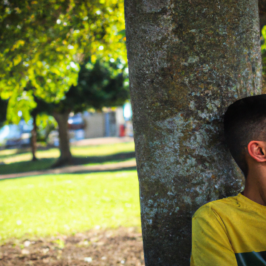
By: The Resource Group Team
In the early days of Summer 2020, it only took twelve days for video of the arrest and murder of George Floyd to be viewed more than a billion times. 1.4 billion times to be exact. There’s no way to tell who each of those 1.4 billion people were, but it’s safe to say that the video probably impacted some of them differently than others. When the people in videos like this look like you, it takes on a very different dimension.
“Seeing things that happen like this to other people from your community broadly can have some traumatizing effects, especially if you’re part of a stigmatized [or] minoritized group that’s often dealing with trauma like this,” Monica Williams, a clinical psychologist and expert on race-based trauma, told NPR earlier this year. “These videos are not good for your mental health and they don’t make us a better society.”
The idea that racism can be damaging to mental health shouldn’t be groundbreaking, but the truth of just how damaging it is might be surprising.
We talked a bit last year about how this can change people even down to the genetics they pass down to their children and grandchildren, but emerging research is still uncovering just how much of a toll racism can take. Racial discrimination has been consistently linked with mental health issues like depression, anxiety, PTSD, increased substance use, and even dementia. A study a few years ago even found that Black women who’d experienced racial discrimination had higher brain activity in areas related to being tuned into their environments and recognizing threats.
But there’s a big difference between being aware and being believed.
“The idea that someone has been discriminated against is often questioned,” says Negar Fani, Ph.D., one of the study researchers. “And that has led to a lot of individual invalidation. So people self-invalidate when things happen to them.”
As people begin to recognize self-invalidation and the harm it can cause their mental health, a valuable resource can be a great place to turn: culturally sensitive care.
We all come from different backgrounds – race, ethnicity, sexual orientation, gender, religion, and other important elements that make up someone’s identity can greatly impact the way they move through the world. Culturally sensitive care takes this into account, and emphasizes the therapist’s understanding of a client’s background and how their lived experiences have led them there. A culturally sensitive therapist has at least a broad knowledge of your culture’s values and can integrate that into your work together.
It doesn’t mean that a therapist needs to come from the same culture as the client – although for some clients this might be their preference – but just, as Ashlee Wisdom, CEO and founder of Health in Her Hue, says, that a culturally sensitive therapist “[sees] all aspects of a patient and [takes] into account the things that they value.”
“As a Black woman who goes to therapy,” Wisdom says, “I may want to find a Black woman therapist because I want someone who understands the nuances of what it means to move through the world and move through the United States as a Black woman.”
Wisdom’s company, as well as similar organizations like Black Men Heal, Latinx Therapy, and Asian Mental Health Collective, helps to connect Black women and women of color to culturally sensitive therapists and empower them to learn about the health issues disproportionately affecting them. And this is important work because, nationwide, therapists are overwhelmingly . . . homogonous.
In 2021, nearly three-quarters were white while less than 8% were Hispanic or Latino and less than 4% were Black. For American Indians? 0.4%, or about 770 therapists across the whole country.
And it might feel easy to say, “A good therapist is a good therapist, it doesn’t have anything to do with race!” But it’s important to remember: feeling like you’re not “clicking” with your therapist can feel bad enough. Feeling like your therapist truly doesn’t understand you, or even respect you/your culture, can be enough to make you give up on therapy altogether.
International students from Asia, for instance, often have higher rates of depression and anxiety than international students from Europe, Central and South America, and the domestic U.S., but also have lower rates of help-seeking attitudes like taking advantage of available campus counseling services. On top of stigma and shame, they are “often reluctant to seek help due to . . . language barriers and the lack of culturally competent mental health professionals.”
Mental health advocate Carrie Zhang explains in an interview with AsAmNews how, after talking about her own mental health struggles in a Chinese publication, her parents began to connect their own experiences with hers. “My dad was like, ‘you know, actually, I think I experienced anxiety too.’ And I was like, ‘Holy crap, [that’s] the first time he has ever talked to me about this.”
Similarly, researchers with the University of Kentucky have started a program called Neighborhood Healers to empower community members like hairdressers, church leaders, and neighborhood mentors to be mental health first responders. Dr. Candice Hargons says that the program aims to help people navigate barriers to care and take the first steps toward healing as trusted members of the community identify mental health struggles and refer people to qualified, culturally conscious professionals.
“Within the Black community, as we all know, for many years, we looked at mental health as either crazy or something was going on in your life,” says Neighborhood Healers first responder Melody Radford, “but now we are in a new era where we are looking at mental health holistically.”
So far, the program has helped over 3,000 people and made over 1,000 referrals toward resources that people can use – but that doesn’t include the children, family members, neighbors, and friends that those people will have an effect on as stigmas around mental health begin to wear down.
And initiatives like these aren’t coming a minute too soon. After the video of George Floyd was released, a dramatic increase in stress, sadness, trauma, and anger spread across the country, especially among communities often left out of conversations about mental health. Ensuring that members of these communities can find a space to explore their feelings and be truly understood is one of the first steps to recovering from the damage done.
“I’m hoping that in making this invisible stuff visible,” Dr. Fani says, “it helps people feel a greater sense of self-validation, like that their responses to the trauma are valid and normal.”
DISCLAIMER
The information, including but not limited to, text, graphics, images and other material contained on this website are for informational purposes only. No material on this site is intended to be a substitute for professional medical advice, diagnosis, or treatment. Always seek the advice of your physician or other qualified healthcare provider with any questions you may have regarding a medical condition or treatment and before undertaking a new health care regimen, and never disregard professional medical advice or delay in seeking it because of something you have read on this website.






